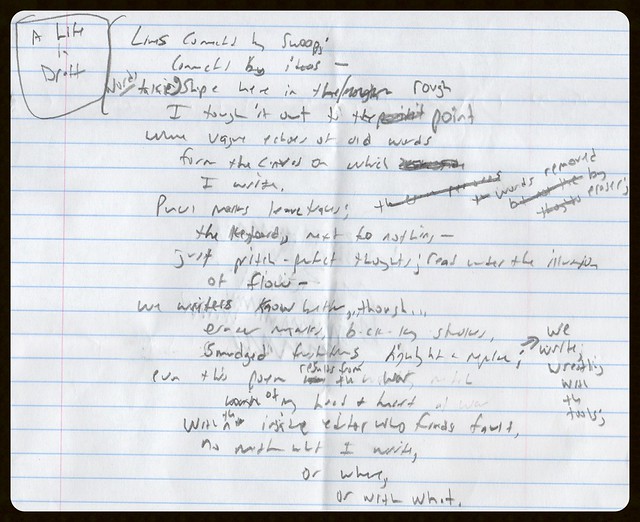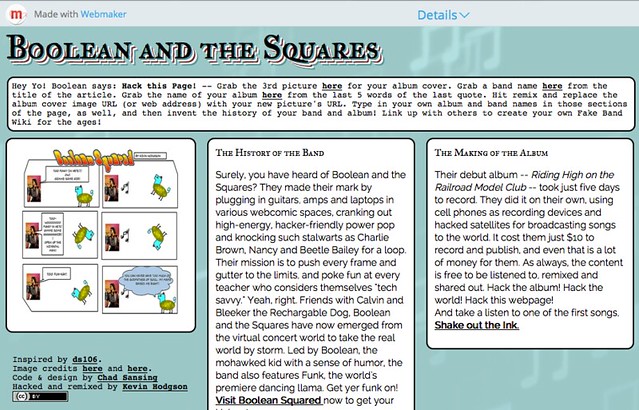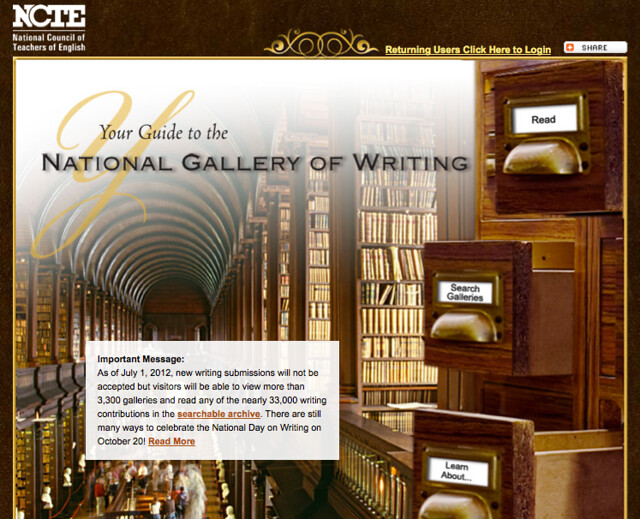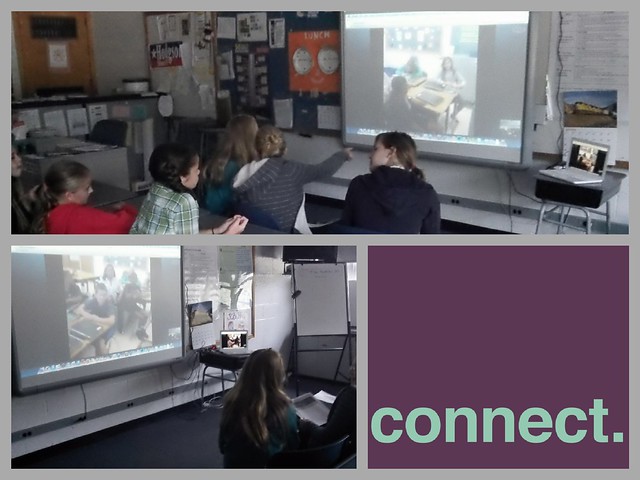
Let me begin by saying, I had a vision. I had this vision of an assignment over at DS106 around recording and using audio sound effects in which I write a poem about writing and use the sound effects of writing in the poem. At first blush, that seems perfectly do-able, right? I set about recording a pencil writing on paper, an eraser erasing on paper and my fingers dancing over the keyboards. I put my Snowball microphone right next to the paper and the keyboard, and used Audacity to record the sounds. (Note: I used the compression feature in Audacity to broaden out the sound effects)
I wrote the poem (see draft above and final below) and began to record it, interspersing the sounds of the pencil and the eraser and the keyboard into the poem. It worked but I am not happy with it. I don’t know — it seems as if the pencil and eraser are the same damn sound, which opens up an entire conversation around the act of writing and rewriting — and I should have left more gaps in the poem audio. Maybe a distant soundtrack would have helped.
Take a listen:
Something is lacking.
However, I also think: the poem is about writing and life always in draft stage, so maybe this audio is in draft stage, too, and I need some distance to think about on it further. I will say that working to add an audio component to an otherwise straight-ahead poetry podcast is interesting, and requires deeper planning than at first blush. Collecting sounds, making sure they sound right (I recorded and re-recorded that darn pencil nine times before I got it where I could live with it), and then seeing the entire project as package of ideas … that’s a lot of thinking going on right there.
I included the image of my draft poem because I felt like it meshed nicely with the theme of the poem itself – of writing and wrestling with ideas. Here is the final:
A Life in Draft
Lines connected by swoop connected by ideas –
Words taking shape here in the rough.
I tough it out to the point
where vague echoes of old words
form the canvas on which
I write.
Pencil marks leaves traces –
The words removed by erasers –
The keyboard; next to nothing,
just pitch-perfect thoughts
read under the illusion of flow
We writers know better, though …
Eraser marks;
Back-key strokes;
Smudged frustrations;
Highlight and replace:
We write, wrestling with the tools.
Even this poem results from the war
of my head and heart
with the inside editor who finds fault,
no matter what I write,
or where,
or with what.
Peace (in the sound of the poem),
Kevin






